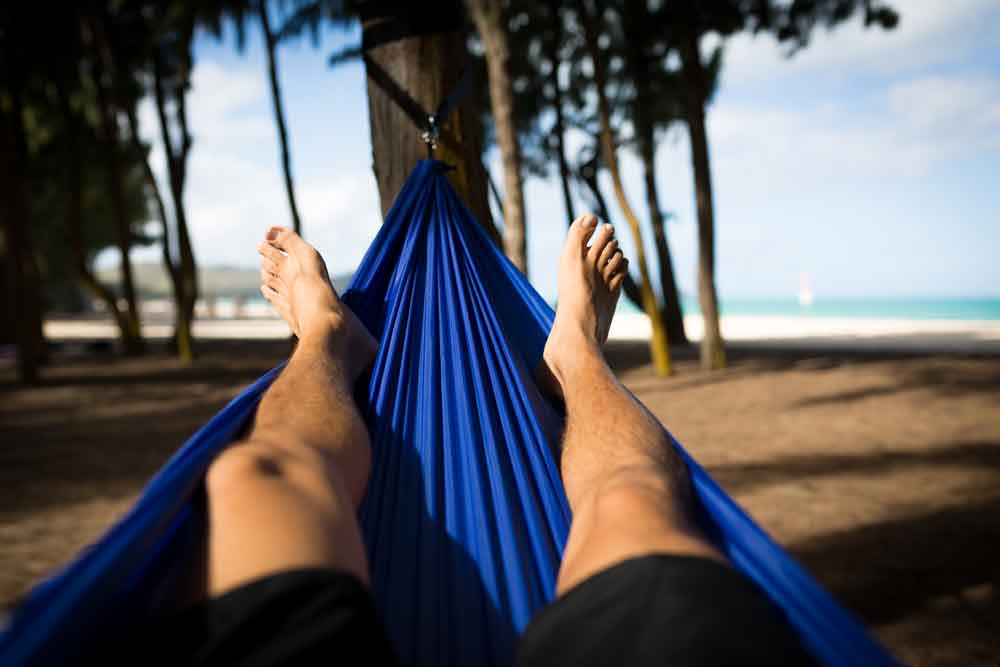Take A Break-Cation!

Time off isn’t just for the end of the season. In fact, to race your best, it can make sense to stop training—at least briefly. A mid-season break—a kind of mini off-season after a big race—lets you come back refreshed, rejuvenated, and ready to kick butt in late-season races.
Think of it as “sort of two seasons, instead of just one big long season,” says Kirsten Lewis, founder and coach of the Northern California-based WeTri performance team. She’ll often have athletes structure their year so they peak for a race, take a mid-season break, and then peak again for a late-season race.
While it can be easy this time of year to just keep racing over and over, a break replenishes energy stores, lets fatigued and damaged muscles repair, and helps with mental refocusing. Studies have found markers of muscle damage and heightened inflammation even weeks after a hard race. Those markers of cumulative fatigue, like decreased hormone production, are also found in athletes after long periods of training without adequate recovery. It’s actually during rest that our bodies do the work of building muscle and aerobic capacity. Without rest, we risk becoming fatigued and injured.
“The biggest limiter the age-group triathlete faces is staying healthy long enough to realize their endurance potential,” says Mariah Bridges from Endurance Nation coaching.
There’s also a growing amount of research about the effects of rest on our psychological fitness. Breaks have been shown to help our brains recover and ward off symptoms of burnout.
Of course, we don’t want to lose fitness either, and there are some detraining effects that happen during breaks. After a week of absolutely nothing, you lose about 50 percent of the oxidative capacity of your muscle cells, says Kelsey Weitzel, an associate in exercise physiology at the University of Missouri, but you regain any fitness losses within two to four weeks of training again. And, most concerns about fitness loss have been found to be overblown. The key is to do your mid-season break right.
“Taking a break does not mean becoming a couch potato. It means take a break from the norm of serious focus on miles, pace, cadence,” Weitzel says.
How long of a break and what kind depends on you, but Lewis will have her athletes take three to four days of minimal or light activity (or even a whole week), then another two to three weeks of different kinds of workouts: a block of ocean swimming or trail running or social bike rides. Something that’s fun and not strictly scheduled.
“Don’t wear a heart-rate monitor. Don’t wear a watch. Don’t freak out about Strava,” Lewis says. When it’s time to seriously go again, you’ll be readier than ever.
When scheduling a mid-season break, “the important thing is to plan it out,” Lewis says. If you space out your “A” races, then you can schedule a recovery block right after the first one. Try this:
- Take three to four days post-race for light recovery, minimal activity, as you feel.
- Plan two to three weeks of easing back into different kinds of workouts: Pilates, ocean swimming, paddle boarding, mountain biking, or trail running.
- If you’re the type of athlete who needs to stick to a schedule, then keep your structure, but cut back on the volume.
- Focus on sleep, recovery, and rehab work during this mid-season break block.